
"SCHÖNBRUNN - Schönbrunn Palace has 1441 rooms, and is one of the most beautiful Baroque monuments in Austria. Build to rival Versailles near Paris, the lack of funds, however, did not permit the Habsburgs to match the French Palace. Franz Joseph was born here and spent his last years in Scönbrunn. His wife - Elisabeth of Wittelsbach, aka Sissi - also lived here for a while.
The palace and its wonderful gardens (photo) were also included in the UNESCO's world heritage list"

"MARIA THERESIA - Archduchess of Austria, and Queen of Hungary and Bohemia - was one of the most powerful rulers of her time. She was the first and only female head of the Habsburg dynasty. The building behind the statue is the Museum of Natural History, built in Italian Renaissance style"
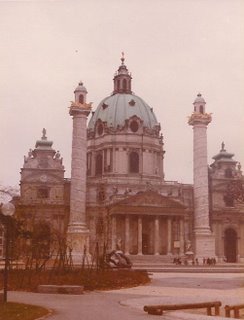
"KARLSKIRCHE - A spectacular church, with a much wide façade resembling a Greek temple, is dedicated to saint Karl Borromeo and is the largest Baroque cathedral north of the Alps. The 72 m high dome is marvellously painted inside"

"KARLS COLUMN - In front of Karlskirche there are two colums, similar to the Trajan column in Rome (see Roma Cittá Aperta), with an allegoric representation of the life of saint Karl Borromeo"
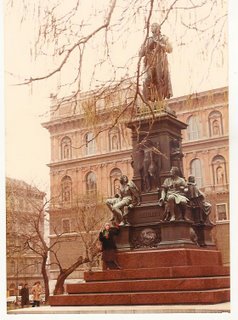
"SCHILLER - Johann Christoph Friedrich von Schiller, the German poet and dramatist, was born in Marbach in 1759 and created links to the music. His Ode «An die Freude» (Ode to Joy) was incorporated in the final movement of Beethoven's Ninth Symphony (1823). In 1972, the Council of Europe adopted it as the anthem of Europe, and in 1985, it was adopted by EU heads of State and government as the official anthem of the European Union, expressing the European ideals of freedom, peace and solidarity. Furthermore, many of its plays were adopted by Verdi for his operas - Die Jungfrau von Orleans (Giovanna d'Arco), Die Räuber (I Masnadieri), Kabale und Liebe (Luisa Miller), Wallensteins Lager (La Forza del Destino), Don Carlos, Infant von Spanien (Don Carlos). And Puccini used Schiller's version of Gozzi's Turandot for his opera"

"BRAHMS - One of the icons of romantic music, was born in Hamburg in 1833 but lived most of his life in Vienna. Somebody once said: «Sauerkraut war genug; Brahms ist zu viel...!»"
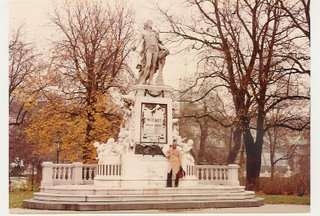
"MOZART (1756-1791) - On the contrary, Mozart is never «too much». Having started his musical education at the age of 4, he performed (when he was 6) at the Hall of Mirrors at Schloss Schönnbrunn and enchanted Empress Maria Theresia and her family. At the age of 25, Mozart moved to Vienna, where he married Constanze Weber, wrote most of his music. The statue in Burggarten is very handsome"
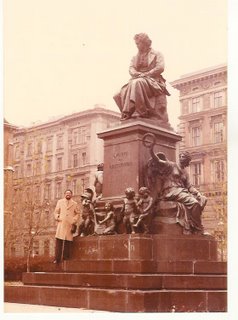
"BEETHOVEN (1770-1827) - had to have a statue in Vienna. Born in Bonn, he moved to Vienna in his early twenties, and studied there with Joseph Haydn. Though starting to lose his hearing by his late twenties, he continued to produce music masterpieces, including the Ninth Symphony when his deafness was absolute"

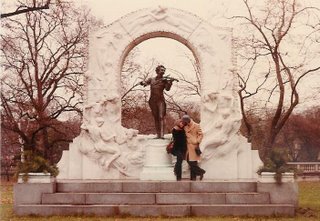
"JOHANN STRAUSS II - (aka Johann Strauss son, Johann Strauss the Younger, Johann Strauss Jr., or Johann Sebastian Strauss - 1825–1899) - was the king of waltzes, author of «The Blue Danube», and probably the most known of the Austrian and Viennese composers. His bronze memorial in the Stadtpark was revealed to the public - gilded - on 26 June 1921. In 1935, the gilding was removed (wise decison), but in 1991 it was layed on again (an awful decision, I would say)"
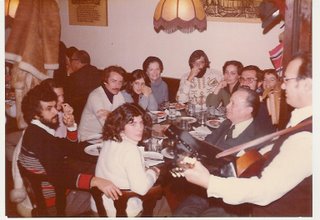
"GRINZING - Different music, but same joy!"

No comments:
Post a Comment